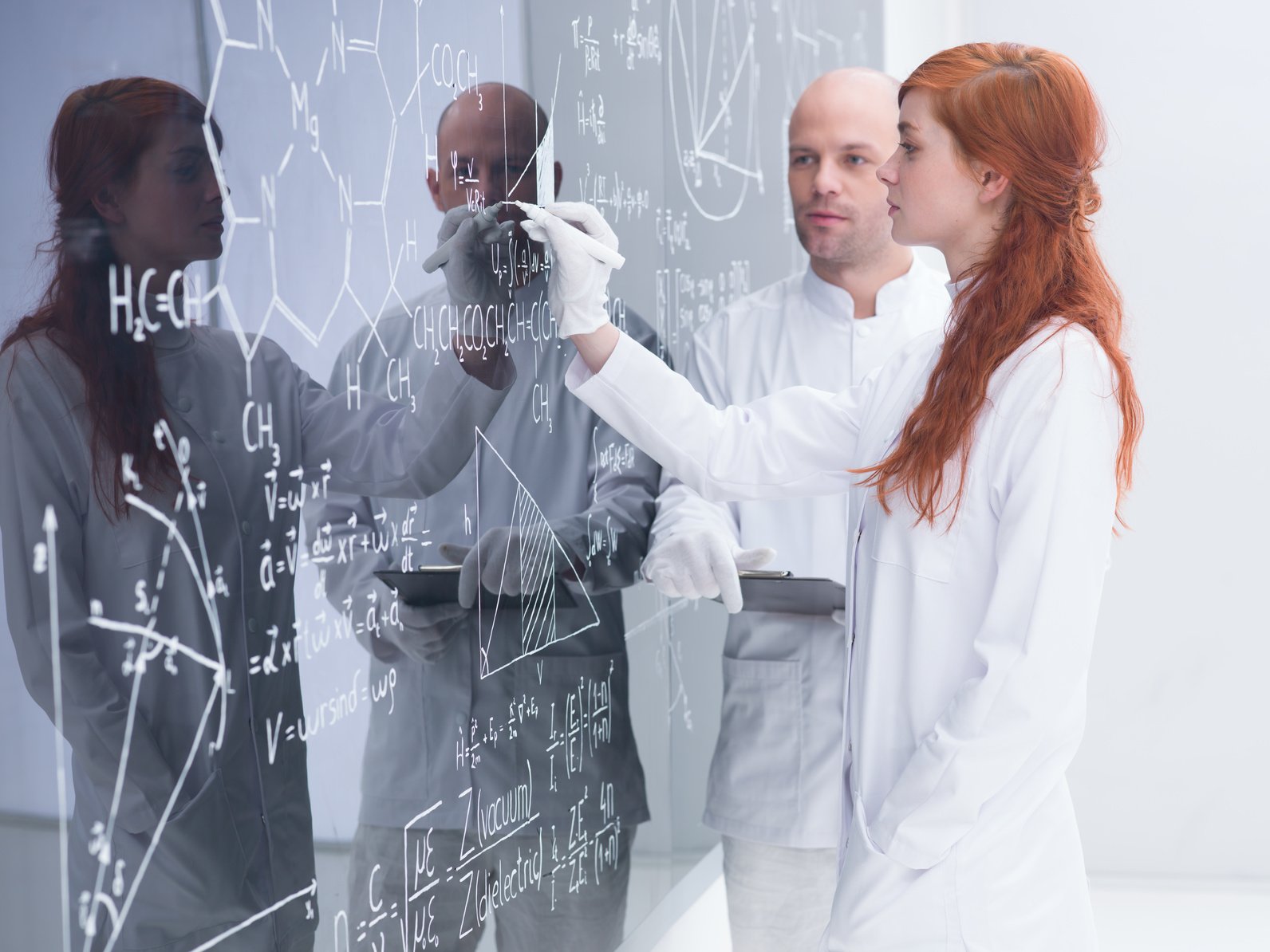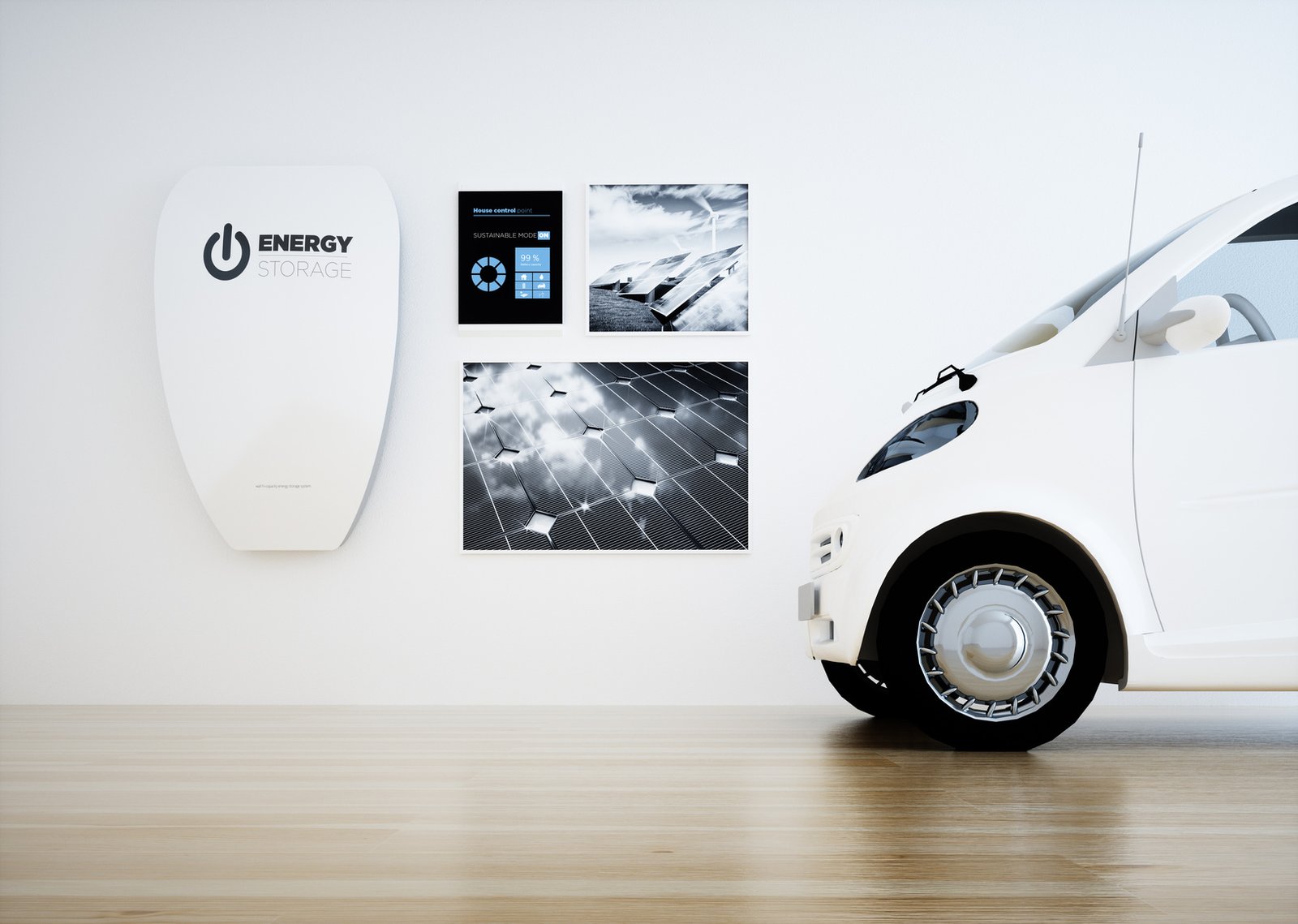3 emerging technologies for a sustainable future

According to the Climate Change 2014 Synthesis Report Summary for Policymakers, it is extremely likely that most of the climate change effects observed in the last 50 years were caused by human activity. The anthropogenic emission of greenhouse gases (GHG) has caused an increase in global average surface temperature, the retreat of glaciers and the rise in global sea level.

The increase in GHG emissions is related to technology advancements since the Industrial Revolution, specially to the use of fossil fuels. However, technology is not necessarily bad for the environment, it can actually help us reduce GHG emissions and fight climate change by bringing sustainable alternatives to our current production methods and day-to-day activities. There are 3 new technologies that may do just that once they are fully developed by scientists and applied into our lives and homes.
Internet of NanoThings (IoNT)
You have probably heard about the Internet of Things and how it can be used to create an energy efficient home by remotely controlling devices and energy use. The IoNT will work in a similar fashion except that its nanosensors will be so small and sensitive that they can be blended into construction materials and living organisms, providing more accurate readings and detailed information about a home or living organism. It will be possible to understand exactly when and where a building needs repair, how the building materials are affecting a resident’s health and wellbeing, map out insulation problems and energy inefficiencies in a home, etc.

The possibilities are infinite but there are still some challenges to overcome before these all happen, like reducing the cost of production of nanosensors and developing an affordable method to integrate and connect all these sensors for real-time information.
Bio-based chemical production
With advances in genetics, scientists now understand better how living organisms work. One way we can use this knowledge is to produce bio-based chemicals. Microbes can have their metabolism reengineered by biologists and induced to produce substances in a lab controlled environment. This technique has already been used to synthesize biodegradable and biocompatible substances used in medicine to make implants and drugs for pain treatment.

This technique could be used to manufacture sustainable alternatives to fossil fuels. These microbes could be manipulated to even help us reverse the effects of climate change by consuming carbon dioxide in their energy production process instead of emitting it.
Graphene
Besides manipulating genes, scientists have also improved their ability to recombine atoms and create new non-organic materials such as self-repairing and permeable concrete. But the most notorious new material now is graphene, which was discovered in 2004 by Andre Geim and Konstantin Novoselov, who got a Nobel Prize in Physics in 2010 because of it. What is so especial about graphene? It is a light, transparent and flexible material that is still harder than diamonds, stronger than steel and a great and superfast electrical conductor.

With all these qualities graphene has already been applied in water filters for desalinisation and wastewater treatment and to create batteries with greater capacity that could help advance the adoption of electric cars, solar and wind energy. Graphene is a very new material but has so many great characteristics that various scientists around the world are experimenting with it and it should soon be used for commercial purposes.
The future surely seems brighter with all these new developments and scientists progressively focusing on a sustainable and responsible exploration of natural resources. Even though these 3 technologies are still in their early stage, they are just a tiny fraction of what is happening in science now. The pace of technology development has also increased immensely and the winning options should not take as long as they took in the past to be available in the market. Support sustainable technologies to Green It Yourself Now!






